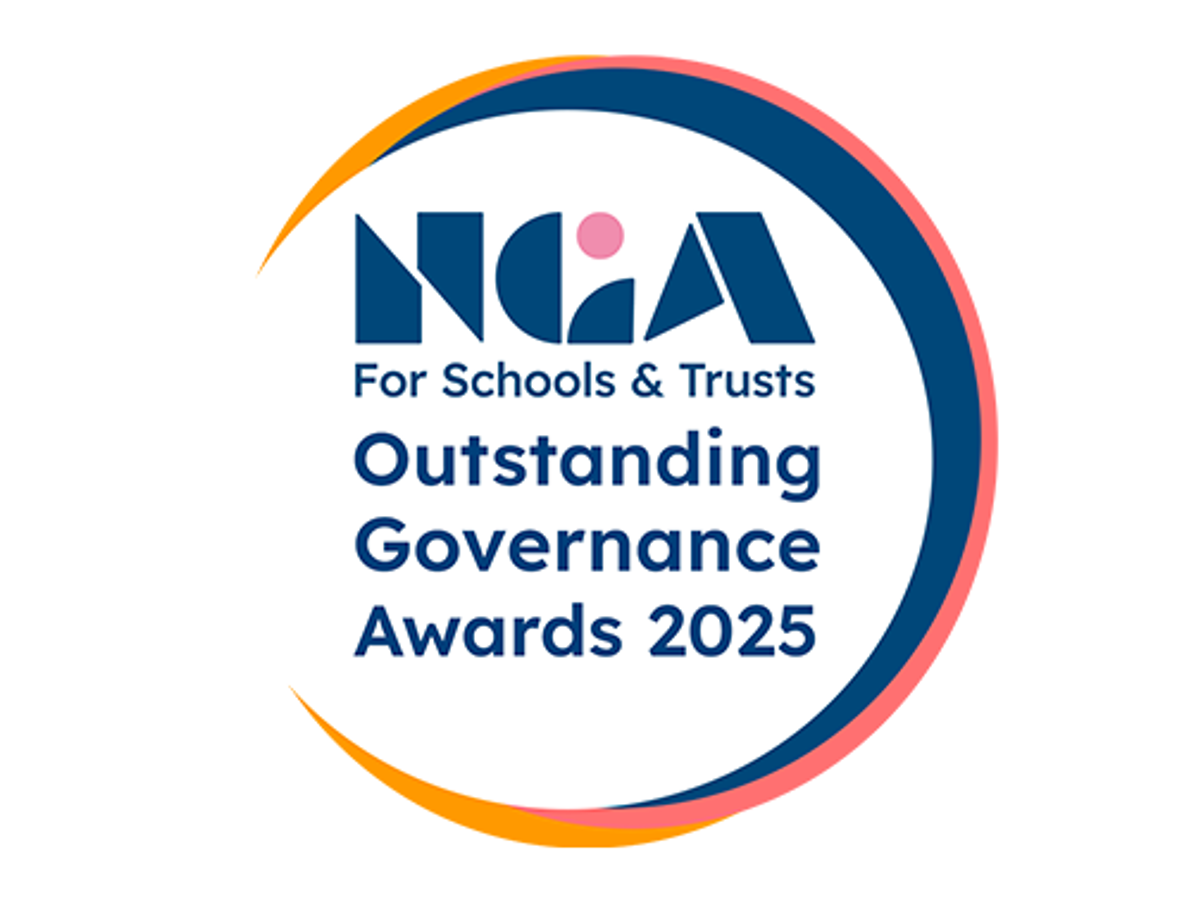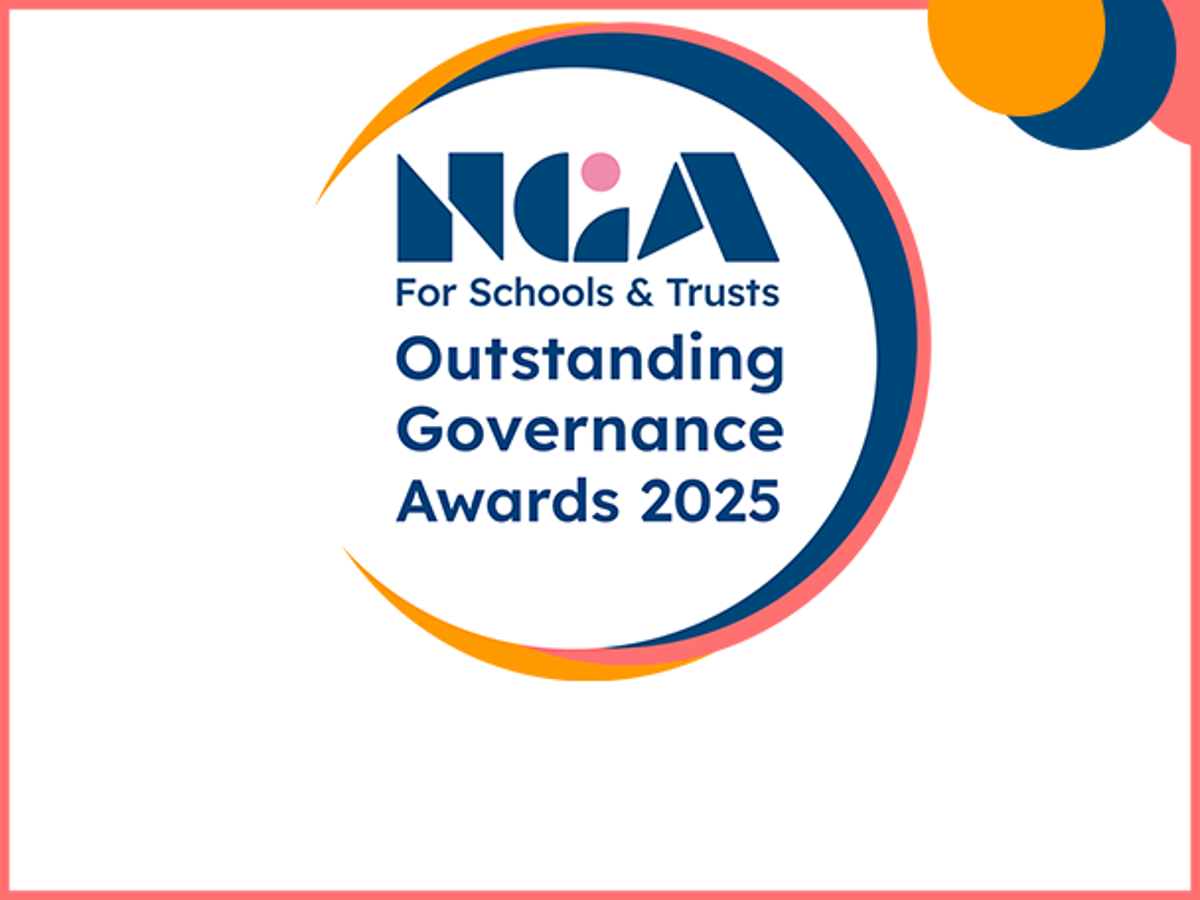The big issues facing the trusts sector
NGA's trust specialist, Michael Barton, discusses the challenges facing the trusts sector, including Ofsted's role, local governance, and the future of the trusts sector.

Earlier this month, we published our annual governance survey for the 13th year in a row. Every year, more of our respondents are governing in trusts, and this year, for the first time, they accounted for 50% of all those completing the survey. Thank you to all of our multi academy trust (MAT) members who contributed their views.
Our survey has tracked the historical emergence and development of MATs. One of our big takeaways has always been that, despite the distinct legal and regulatory contexts, those governing in trusts and maintained schools are still often grappling with the same issues. This was true again this year, with respondents in trusts and maintained schools identifying the same top three challenges and priorities for their boards, from balancing the budget to improving attendance.
Nonetheless, the survey also highlighted three major issues for the trusts system: the role of Ofsted in MATs, the place of local governance, and the future trajectory of the sector. As we approach a general election, these questions will only become more urgent, and the answers will shape the future of the English schools system. Next week, we are excited to welcome so many of our members to London for our MAT Conference, where we will be addressing these major issues.
Ofsted in MATs
We are delighted to welcome Lee Owston, Ofsted Deputy Director for Schools and Education, to our Conference for a keynote address. The current schools accountability system, built around Ofsted inspections and grading of individual schools, was developed for a maintained system, which is no longer the reality for so many schools in this country. Ofsted themselves have made clear their frustrations with the limitations placed on them.
Our annual survey echoed the view that reform is necessary. 63% of those governing in a trust said that Ofsted should carry out graded inspections of MATs compared to just 24% against. This finding isn’t a one-off. When we asked the same question in a survey of MAT trustees late last year, 64% supported inspecting and grading MATs as a single entity compared to just 13% against. Comments from respondents argued that inspections needed to focus on the trust as that was where accountability lay.
There is a clear momentum for change, and NGA has called for the inspections of trusts as single organisations. However, the devil, as always, is in the details. Our survey also found that just 23% of those governing in trusts felt Ofsted had the expertise needed to inspect trusts, compared to 46% who disagreed.
Inspecting a trust would require Ofsted to move beyond the quality of education, leadership and school improvement to consider, in the same depth, the other pillars of a quality trust identified by the Department, such as workforce, financial management and governance. Another concern is that the limitations of a single graded judgement would be even pronounced across an organisation of the size and scale of a multi-academy trust, while respondents also raised the fear of unintended consequences, such as the danger of disincentivising trusts from taking on struggling schools. These are all issues to be considered carefully before creating a trust inspection regime, and we are looking forward to continuing that conversation next week.
Local Governance
Another central issue for trusts is the place of academy-level governance. NGA has long been at the cutting edge of this issue, most recently with our report in May on the current state of local governance. We are excited to continue this work at our conference, with a workshop focused on local governance and a panel discussion considering the role of location and collaboration in trusts.
The place of local governthisance is now almost universally accepted. When we asked trustees, over 90% of those who expressed an opinion felt that all trusts should have local governance. The government’s white paper, published last year, also reflected this, stating:
"So that trusts continue to be responsive to parents and local communities, all trusts should have local governance arrangements for their schools."
However, in recent months, NGA has been worried that progress on local governance has stalled and if anything, retreated. Despite the wording in the white paper, the subsequent trust quality descriptors failed to mention local governance -we wrote about this massive own goal at the time. The Department’s regulatory and commissioning review recognised that “the overwhelming majority of MATs now have local tiers”, but failed to address the white paper’s commitment to work with the sector to ensure local governance was present in all trusts and to share best practices.
Unfortunately, our survey findings reinforced these concerns. In a reversal of recent progress, local governors were slightly less confident that their voices were heard by leaders and less positive about the communication between the trustees and the local tier.
NGA has always supported the view that the Department should not dictate a single approach to trust governance. However, our fear is now that this understandable caution has led to a failure to give local governance the focus it deserves. It is vital that the Department uses its platform to promote the importance of local governance, as promised in the white paper, and to share evidenced practices of when local governance is at its most effective. We are looking forward to continuing our work in sharing best practice next week.
The Growth of the Trust Sector
The final issue surrounds the overall position and future of the trusts sector. Last year’s white paper made the commitment that by 2030, all schools will be part of a MAT serving at least 10 schools or 7,500 pupils or on the way to joining one. However, 18 months on and with time ticking, there remains a lack of clarity on how this will be achieved or even if the government still sees it as a realistic goal.
For trusts, these issues have very real implications. Responding to our survey, smaller trusts expressed concerns about being compelled to grow or merge to meet size expectations, potentially being forced to grow beyond the phases or place it wishes to focus on. Similarly, trustees worried about the challenges of taking on schools that join reluctantly and lack a commitment to the trust’s vision. The current uncertainty is influencing the decisions of trusts right now. One trustee of a smaller MAT said they were considering merging with another small MAT because of the worry they might be compelled to merge with a less suitable trust down the line.
Our survey of trustees last year found that the white paper had stimulated discussions around growth. This year’s annual survey seemed to echo this, with an increase in the proportion of maintained school governors reporting a desire to academise, with the most common reason being diocese pressure. Mergers are also on the increase, especially among smaller trusts, as we anticipated with the publication of our guidance in 2021. One of our conference workshops will focus on the topic.
However, numbers remain low. Out of those who shared a view on joining a MAT, 79% of maintained school governors and 63% of SAT trustees reported that they were either not considering joining a MAT, or had considered the option but decided against it. Indeed, the DfE’s own figures fail to show an increase in academisation on anything like the scale to achieve the 2030 goal. Many schools and small trusts continue to find alternative ways to collaborate rather than relying on trust growth.
Trusts need clarity so they can make strategic decisions about their future for the right, informed reasons. For the government, both now and for the rest of the decade, it means wrestling with very difficult questions. Two entirely distinct systems running side-by-side is clearly not ideal and create challenges for regulators and others in the sector. But there are still no clear answers for how coherence can be brought to the fragmented system.
We are continuing these vital discussions next week by welcoming John Edwards, Director General of the DfE Regions Group, and David Withey, Chief Executive of ESFA, for a keynote address to discuss the government’s current strategic vision for the schools system. We look forward to seeing many of you there.

Michael Barton
Head of Advocacy and External Affairs
Michael specialises in trust governance, co-ordinating NGA's work with multi-academy trusts and producing tailored resources. He also leads NGA's work in the West Midlands, working closely with the region's trusts and local authorities.



















































